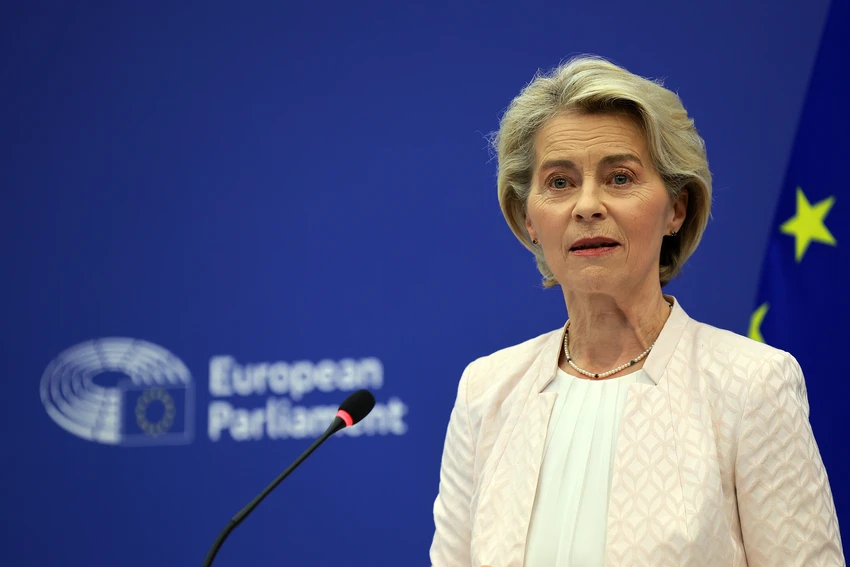Strategy playbook: Navigating the next 12–24 months
For those seeking actionable strategies:
Dependency and risk mapping
- Identify critical supply chain vulnerabilities
- Analyse potential choke points and geopolitical risks
Strategic asset positioning
- Align company assets with EU strategic criteria
Nordic collaboration and partnerships
- Form Nordic-led partnerships for joint purchasing power and funding opportunities
Supply chain diversification
- Develop “friend-shoring” strategies to reduce geopolitical risk
- Design and implement resilient contract structures with suppliers
Traceability and compliance
- Invest in digital passports and assurance systems to meet evolving EU standards








